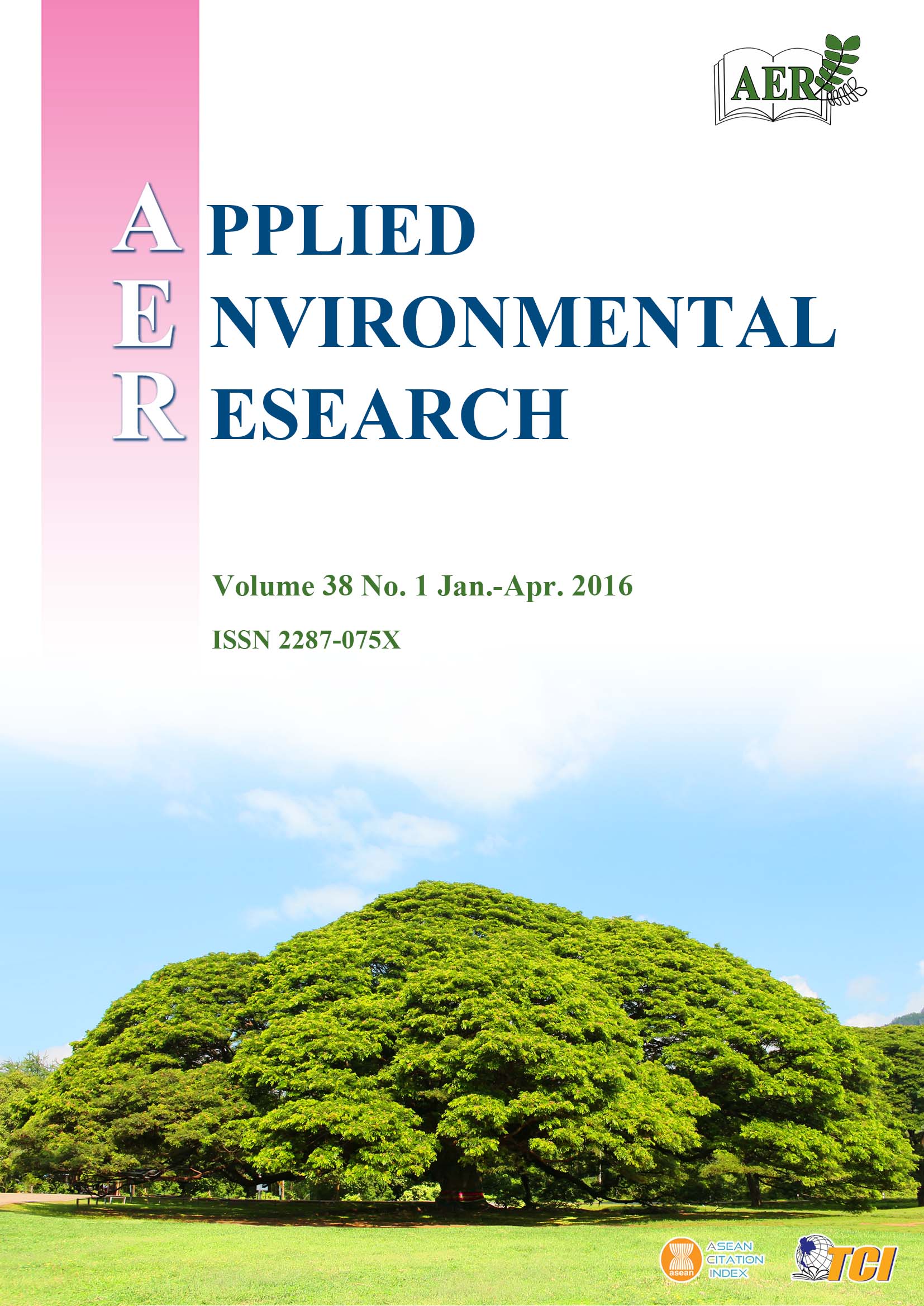The Econometric Model of Ship-generated Operational Waste: The Underlying Tool for Waste Management in Container Port
Main Article Content
Abstract
Marine pollution prevention through adequate provision of garbage reception facility (GRF) is a legal obligation of every port. According to MARPOL 73/78, each port authority should explore ways to increase its ability to prevent marine pollution from ship-generated waste. The paper supports this legal requirement by developing an econometric model for estimating the amount of operational waste delivered at GRF. The multiple regression with ordinary least squares technique was used to analyze the relationship between the amount of operational waste per month and two explanatory variables – size of ship and travelling distance from the last port of discharge. Data from 2008 to 2014 were obtained from the Port Authority of Thailand. Overall, the adjusted model fits reasonably well with the dataset and all assumptions are satisfied, implying that the estimated coefficients are more practicable to be used by port authority. It is found that, over the past decades, GRF has been provided sufficiently in comparison with the demand. However, the physical adequacy of GRF should be paid special attention during the consideration of phase-3 construction of Laem Chabang Port due to the dramatic growth of the amount of operational waste resulting from an expected rapid increase in maritime traffic.
Article Details

This work is licensed under a Creative Commons Attribution-NonCommercial 4.0 International License.
Published articles are under the copyright of the Applied Environmental Research effective when the article is accepted for publication thus granting Applied Environmental Research all rights for the work so that both parties may be protected from the consequences of unauthorized use. Partially or totally publication of an article elsewhere is possible only after the consent from the editors.

